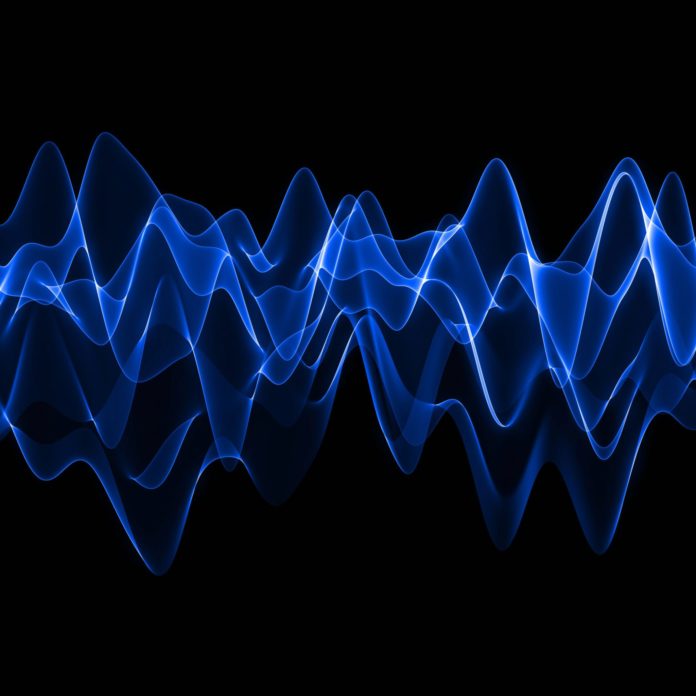Auction bids are approaching $420 million
The Federal Communications Commission is speeding up bidding in the ongoing 2.5 GHz auction, nudging it to a quicker conclusion by upping the number of daily bids from four to six.
Six rounds are being held today and another half-dozen are scheduled for Monday. With the increase in bidding rounds, the auction is likely to wind down in fairly short order, considering that as of the end of Round 65, only 29 licenses were still seeing competition among bidders. Earlier this week, that number was closer to 200.
One hundred and forty-five licenses had no demand as of the end of Round 65, while prices appear to have settled for more than 7,800 out of the nearly 8,000 licenses available. The auction began on July 29.
The 2.5 GHz auction raised about $100 million in bids on its first day and has seen uneven traction since then, with slow periods followed by a pick-up in bidding each time the FCC has increased the number of rounds.
This auction wasn’t expected to be a blockbuster on the order of the C-Band auction, given that many of the spectrum licenses on offer are encumbered, particularly in urban areas that typically drive big bids by the national carriers. However, it is on by far the smallest-grossing of the midband auctions. The CBRS Priority Access License auction raised around $4.5 billion; the C-Band raised a record-smashing $81 billion in bids and the most recent 3.45-3.55 GHz auction raised a more-than-respectable $22.5 billion in bids.
The greatest utility for the current 2.5 GHz licenses is expected to be in rural areas—indeed, FCC Chairwoman Jessica Rosenworcel talked up the auction specifically as one that would help to make inroads on the digital divide by providing an opportunity to “fill in some of the critical 5G gaps in rural America.” In addition, T-Mobile US has a huge head start on holdings in this band and deployment of 5G using 2.5 GHz spectrum acquired via its purchase of Sprint; plus, this auction comes last in a series of midband auctions (CBRS Priority Access Licenses, C-Band and 3.45-3.55 GHz) that have already drawn billions of dollars of carrier investment, particularly the C-Band auction.
There is a field of 82 qualified bidders, including the three national wireless network operators, US Cellular and Dish Wireless, bidding under the name Carbonate Wireless. There are also a significant number of small and medium-sized telecom network operators set to participate in the auction, including Carolina West Wireless, Cellular South Wireless, Copper Valley Wireless, Granite Wireless, Nex-Tech Wireless, NSight, Puerto Rico Telephone Company, Redzone Wireless and Union Telephone Company.
Those small bidders are most common in the middle of the country, where activity has been consistently elevated. But those buyers not going to drive big bid totals for the auction in the way that the C-Band, driven by huge spending by Verizon and AT&T, saw a total of more than $81 billion in bids that smashed previous auction records. (For previous analysis of how the auction is going, read this story.)
There are three channels available, according to the FCC band plan: Channel 1, which is 49.5 megahertz of spectrum; Channel 2 is adjacent to Channel 1 and consists of 50.5 megahertz of spectrum. There is also a smaller channel, Channel 3, which consists of 17.5 megahertz and is not adjacent to either of the other two channels.

